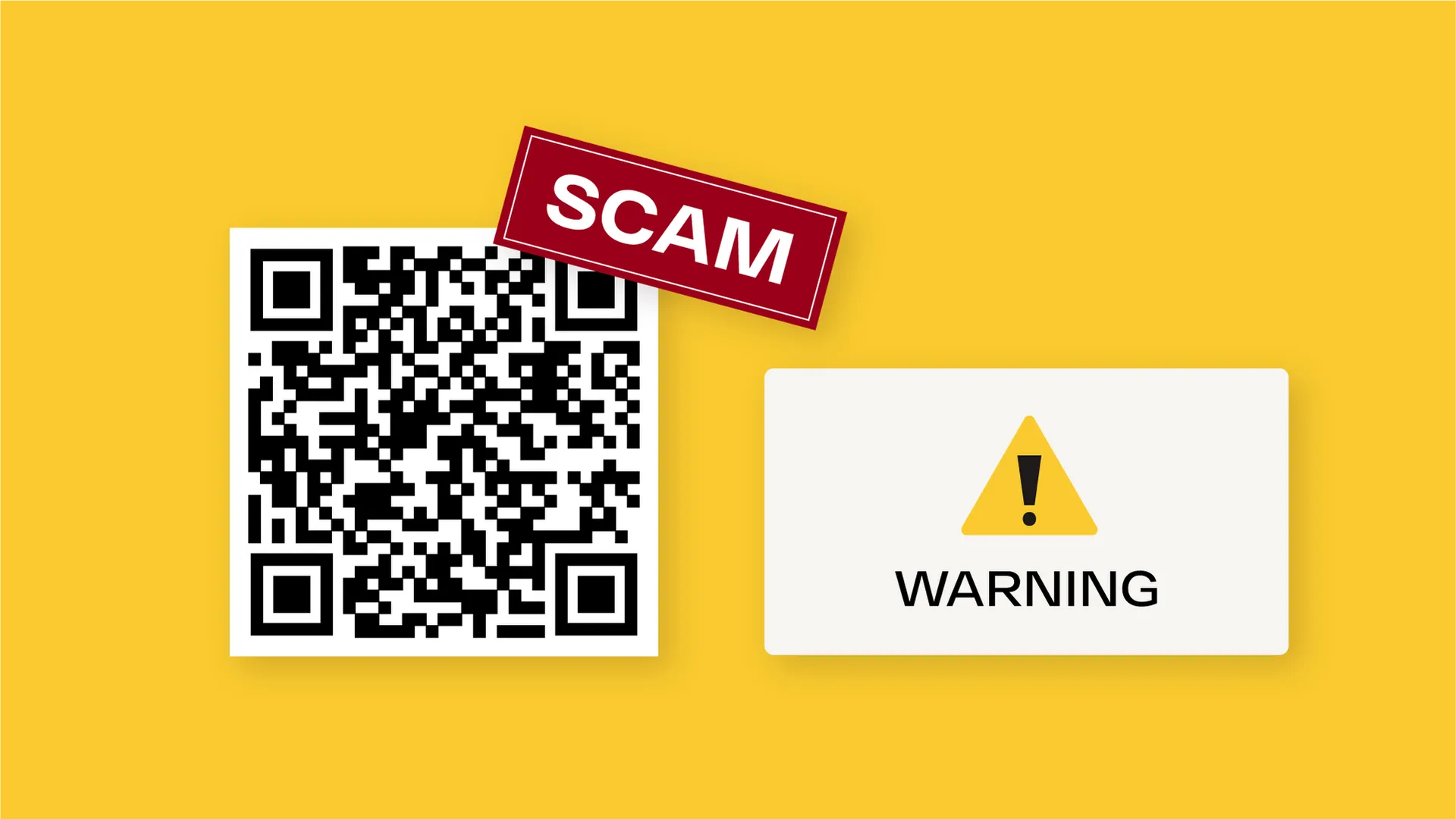QR codes have become a popular and convenient way to access information, pay bills, and interact with businesses. However, scammers have found ways to exploit this technology, creating QR code scams that can compromise your personal information and financial security. In this article, we will delve into the mechanics of QR code scams, how to identify them, and the steps you can take to protect yourself from becoming a victim.
What Are QR Code Scams?
QR code scams involve malicious QR codes created by fraudsters to trick users into taking specific actions. These codes can lead to phishing websites, install malware on your device, or redirect you to fake payment portals designed to steal your financial details. Scammers often disguise these QR codes as legitimate, placing them on posters, emails, or even tampered products.
How QR Code Scams Work
- Phishing Links: Scammers embed QR codes with links to fraudulent websites that mimic legitimate ones. Once you enter your details, scammers capture sensitive information such as login credentials or credit card numbers.
- Malware Installation: Scanning a malicious QR code can trigger the download of malware onto your device. This malware can steal your data, monitor your activity, or even lock your device until a ransom is paid.
- Fake Payment Requests: Fraudsters use QR codes to redirect you to fake payment pages. These pages often look authentic but are designed to steal your payment details.
- Modified QR Codes: Scammers replace legitimate QR codes in public spaces or on products with their fraudulent versions. When unsuspecting users scan these codes, they are redirected to harmful links.
How to Spot a QR Code Scam
Recognizing a QR code scam is crucial for protecting yourself. Here are some red flags to watch for:
- Unsolicited Codes: Be cautious of QR codes sent via email, text, or social media from unknown or unverified sources.
- Poor Design: A QR code that looks blurry, poorly printed, or tampered with could be a sign of fraud.
- Suspicious URLs: After scanning a QR code, always inspect the URL it directs you to. If the website appears suspicious or doesn’t match the company’s official website, do not proceed.
- Public QR Codes: Be wary of QR codes in public spaces, especially if they appear to have been pasted over the original ones.
- Requests for Sensitive Information: Avoid QR codes that ask for personal or financial information immediately after scanning.
Measures to Avoid QR Code Scams
To stay safe while using QR codes, follow these precautions:
- Verify the Source: Only scan QR codes from trusted sources. If a code comes from an email or text, ensure the sender is legitimate before scanning.
- Inspect URLs: After scanning, always verify the URL. Look for secure indicators such as “https://” and ensure the domain matches the official website.
- Use a QR Code Scanner App: Some apps have built-in security features that alert you if a scanned code leads to a suspicious link.
- Avoid Public QR Codes: Be cautious when scanning QR codes in public spaces, especially if they look tampered with or pasted over an existing code.
- Update Your Device: Keep your smartphone’s operating system and security software up to date to protect against malware and vulnerabilities.
- Use Secure Payment Platforms: When making payments via QR codes, use secure apps or platforms and double-check the recipient’s details before proceeding.
- Educate Yourself: Stay informed about the latest scams involving QR codes. Knowledge is your first line of defense.
- Report Suspicious Activity: If you encounter a suspicious QR code, report it to the appropriate authorities or the business it supposedly represents.
Conclusion
While QR codes offer convenience, they also present an opportunity for scammers to exploit unsuspecting users. By staying vigilant and following the safety measures outlined above, you can protect yourself from QR code scams. Always remember to verify the source, inspect URLs, and use secure scanning tools to ensure your online safety.
Stay informed and stay safe!














